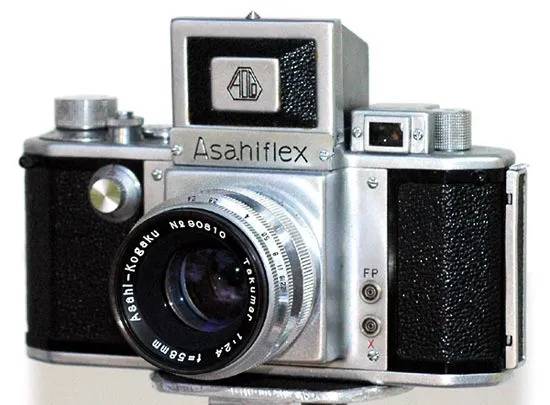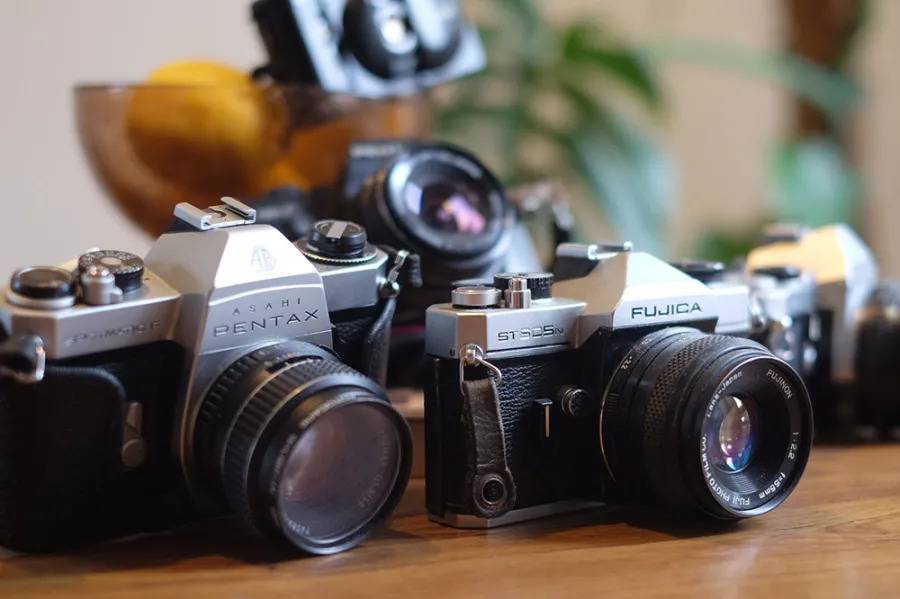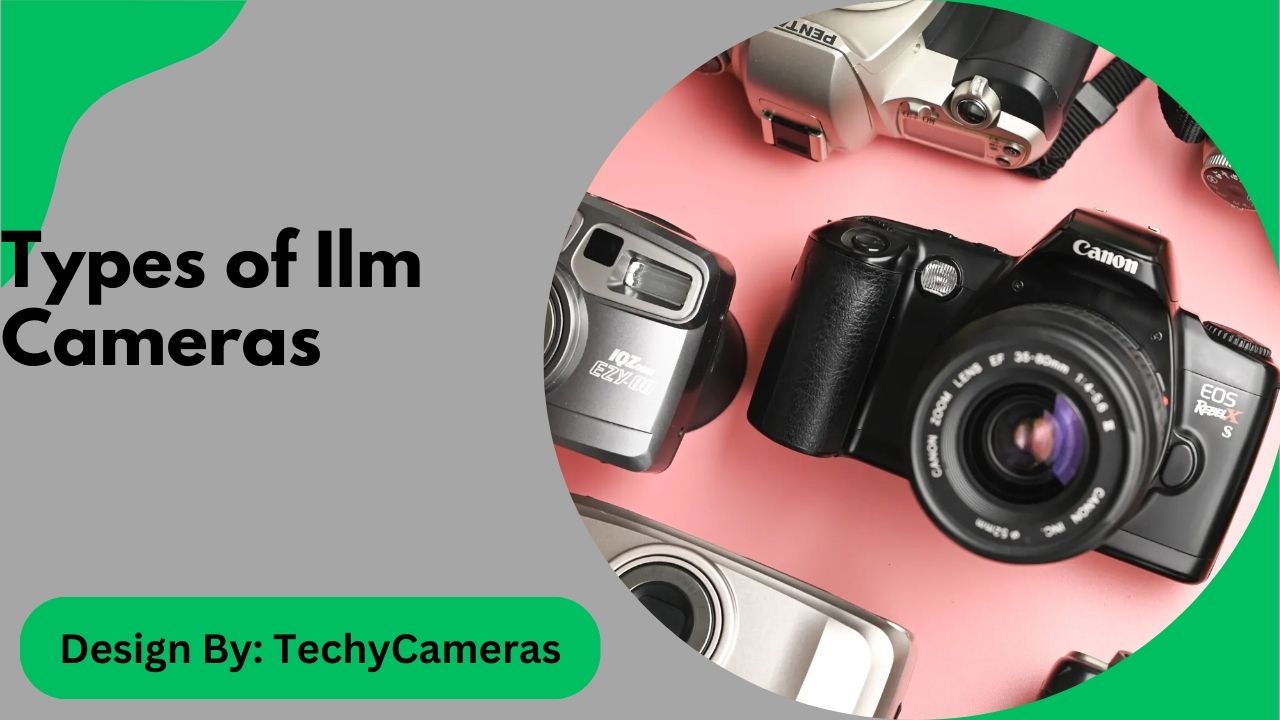The article explores various types of ILM cameras and photographic films, detailing their features and uses. It also compares analog (film) cameras with digital cameras, highlighting their key differences.
In the world of photography, choosing the right camera and film is essential for capturing the perfect shot. From classic film cameras to diverse types of photographic film, understanding these options can help you make informed decisions. In this article, we’ll delve into the various types of ILM cameras, the different kinds of photographic film, and the key differences between analog and digital cameras.

Single-Lens Reflex (SLR) cameras are renowned for their versatility and image quality. They use a mirror mechanism to reflect light from the lens up into an optical viewfinder, allowing photographers to see exactly what will be captured. SLR cameras are favored for their manual controls and interchangeable lenses, making them ideal for both amateur and professional photographers.
Twin-Lens Reflex (TLR) cameras feature two lenses of the same focal length. The top lens is used for viewing and composing the image, while the bottom lens captures the photograph. TLR cameras are known for their unique square format and are often used for portrait and medium format photography. They offer a distinctive perspective and excellent depth of field.
Rangefinder cameras use a separate viewfinder and lens to compose and focus images. The viewfinder has a split image or dual-image system that helps the photographer achieve precise focus. These cameras are known for their compact size and are popular among street photographers and those seeking a more discreet shooting experience.
Point-and-Shoot cameras are designed for simplicity and ease of use. With automatic settings and minimal manual controls, they are perfect for casual photography. These cameras are compact and portable, making them ideal for everyday snapshots and travel.
Instant cameras, popularized by brands like Polaroid, produce prints within minutes of taking a photo. They use self-developing film to deliver instant gratification. Instant cameras are favored for their nostalgic appeal and the tangible results they provide.
Stereo cameras capture two slightly offset images simultaneously to create a 3D effect when viewed through a stereo viewer. These cameras are used for creating stereoscopic images and can be a fun way to explore photographic depth.
Panoramic cameras are designed to capture wide, sweeping images. They use specialized lenses or rotating mechanisms to cover a broad field of view, making them ideal for landscapes and architectural photography.
Folding cameras have a collapsible design that makes them highly portable. The lens and film holder fold into the camera body, which can be extended when needed. They were popular in the early 20th century and are cherished by collectors for their vintage charm.
Large Format cameras use film sizes larger than 4×5 inches, providing exceptional detail and image quality. They are often used for landscape and studio photography where the highest resolution is required. Large format cameras are known for their precision and control over focus and perspective.
Box cameras are simple, rectangular cameras with a basic design. They typically have a fixed focus lens and use roll film. Box cameras are appreciated for their straightforward operation and nostalgic look.
Pinhole cameras are the simplest type of camera, using a tiny pinhole instead of a lens. Light passes through the pinhole and projects an image onto the film or photographic paper. Pinhole cameras are known for their unique, soft-focus images and are a great way to explore the basics of photography.
Toy cameras are inexpensive, often plastic cameras with simple designs. They are known for their quirky and unpredictable results, making them popular among experimental photographers. Toy cameras can produce unique and artistic effects that are hard to replicate with more advanced equipment.
Also read: Will Eufy Hub Work with other Brand Cameras – A Comprehensive Guide!
Color negative film captures images in color with a negative image on the film. It requires development to produce positive prints. This type of film is widely used for everyday photography and is known for its versatility and ease of use.
Color positive film, also known as slide film, produces a positive image directly on the film. It is used for creating slides or transparencies that can be projected or scanned. Color positive film is favored for its vibrant colors and high detail.
Black and white film captures images in shades of gray. It is prized for its classic and timeless aesthetic. Black and white film allows for great control over contrast and texture, making it a favorite among artists and those who appreciate traditional photography.
Infrared film captures light in the infrared spectrum, resulting in unusual and surreal images. It is used for artistic and scientific purposes, offering unique visual effects such as the ability to make foliage appear white.
Also known as 35mm film, 135 film is the most common film size used in compact and SLR cameras. It is available in both color negative and black and white formats.
120 film is used in medium format cameras and provides larger negatives than 35mm film. It is available in various sizes, including 6×6, 6×7, and 6×9 cm formats.
4×5 film is a large format film size used in view cameras. It offers high resolution and detail, making it suitable for professional and fine art photography.

A film camera operates by capturing light through a lens onto a photosensitive film. When the shutter is opened, light passes through the lens and exposes the film, creating a latent image. The film is then developed in a chemical process to reveal the final image. The process involves several stages: loading the film, composing the shot, adjusting settings, taking the photo, and finally, developing the film to produce prints or negatives.
Analog cameras use film to capture images. The film is chemically processed to create negatives or positives, which are then printed or scanned. Film cameras are known for their unique image quality, including grain and color rendition. They require manual handling of film and development, offering a tactile and traditional photography experience.
Digital cameras capture images using electronic sensors rather than film. The images are stored as digital files on memory cards. Digital cameras provide instant feedback, allowing photographers to review and edit their shots immediately. They offer advanced features such as automatic settings, high-resolution sensors, and easy integration with digital workflows.
SLR cameras use a mirror system to show exactly what will be captured through the lens, allowing for precise composition and focus.
A Pinhole camera captures images through a tiny pinhole instead of a lens, creating soft-focus and unique photographic effects.
Color Negative Film captures color images with a negative image on the film, which is developed into positive prints for general photography.
Analog cameras use film to capture images, while digital cameras use electronic sensors and store images as digital files.
A TLR camera has two lenses of the same focal length: one for viewing and composing the image, and the other for capturing it.
In summary, understanding the different types of ILM cameras and photographic films can significantly enhance your photography experience. Each camera type, from SLRs to pinhole cameras, offers unique features and advantages suited to various needs and styles. Similarly, knowing the characteristics of different film types helps in selecting the best medium for your creative vision.
